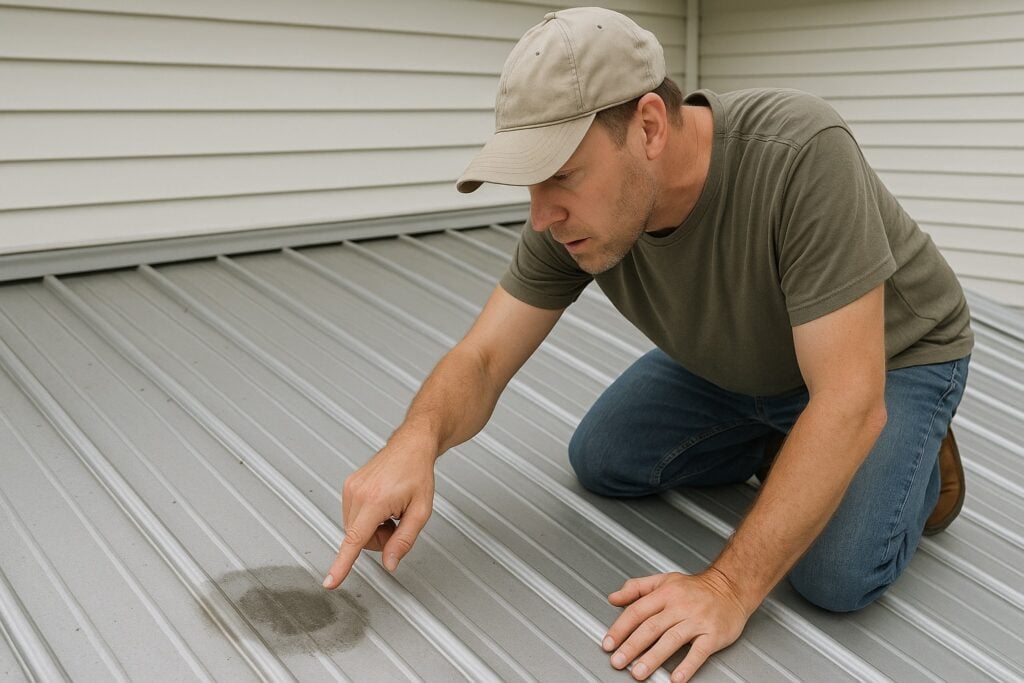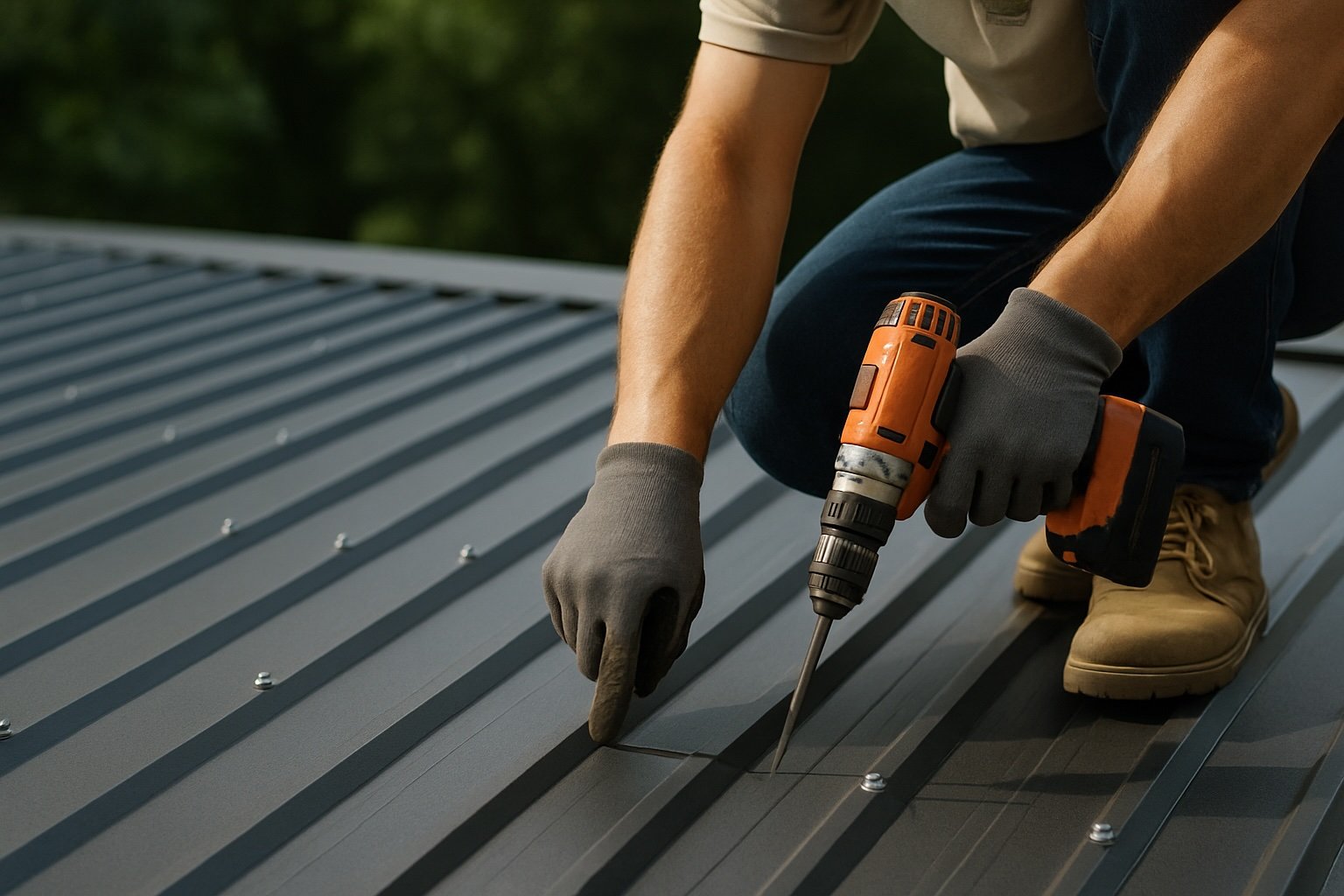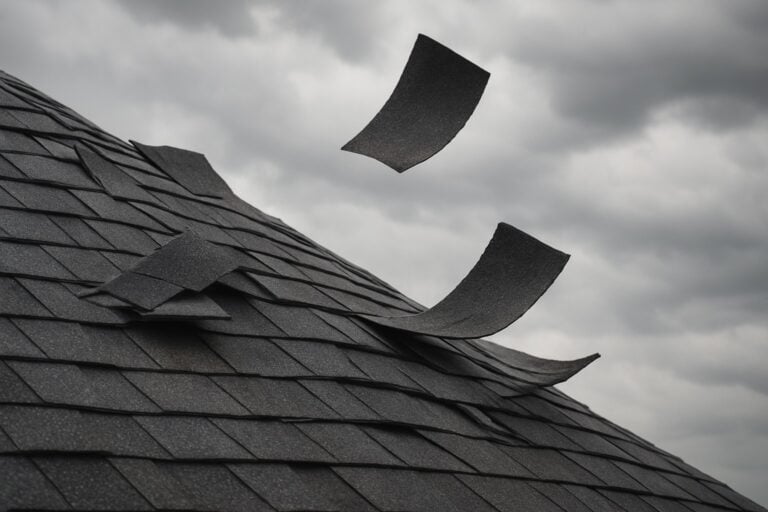In our work at Steadfast Roofing in Riverview, FL, we understand the critical importance of a reliable, leak-free metal roof. Here’s our comprehensive guide to ensuring your metal roofing system remains watertight, durable, and high-performing for decades.
🛠️ Understanding Why Metal Roofs Leak
Metal roofs are durable by design, yet leaks can still occur when key components are neglected. We see three primary culprits:
- Fasteners & Seals – Rusted, loose, or deteriorated fasteners cause points of infiltration.
- Panel Seams & Flashings – Thermal movement or poor installation leads to gaps at overlaps, ridges, and penetrations.
- Surface Corrosion & Coating Failure – Exposed abrasions, scratches, and aging degrade protective finishes.
Addressing these areas promptly is indispensable to long-term protection.
🔍 Biannual Inspection Routine
We insist on at least two in-depth inspections per year, ideally in spring and fall, along with checks after major storms. Our approach includes:
- Reading rust lines, water stains, or loosened screws on panel surfaces.
- Evaluating flashings, ridge caps, and penetrations for separation or sealant cracks.
- Checking for pooling water near gutters or low-slope segments.
- Observing attic stains or condensation that signal hidden leaks.
Early detection allows us to apply targeted repairs before minor issues escalate.
🔧 Fastener Maintenance Protocol
- Tightening & Replacement: During each inspection, we retighten every fastener and immediately replace any that show corrosion or stripped threads.
- Use of Sealing Washers: We install corrosion-resistant screws with neoprene washers to create superior water-tight seals.
- Avoid Over-Torquing: We use torque settings that seal without deforming panels, preserving drainage channels and metal integrity.
By ensuring fasteners are correctly installed and sealed, we reinforce your roof’s first line of defense.
🧱 Seam & Flashing Reinforcement
Panel transitions and flashings are prime entry points for leaks:
- Re-sealing: We clean old sealant and apply premium-grade sealants that flex with thermal movement.
- Flashing Upgrades: We reflash vulnerable zones like valleys, skylights, chimneys, and plumbing stacks, reinforcing with metal tape or additional panels.
- Overlapping Accuracy: During maintenance, overlap misalignments are corrected, and lap sealants are reinforced.
Systematic seam care can extend roof life significantly and stave off leak progression.
🧪 Surface Restoration & Rust Prevention
Exposed metal or failing coatings require immediate attention:
- Corrosion Treatment: We remove rust using wire brushes or sanders, then prime with rust-inhibitive coatings before recoating.
- Panel Coating Renewal: If finishing degrades, we apply elastomeric or silicone coatings validated to bond with existing substrates.
- UV & Weather Resistance: Our coatings resist cracking and adhere despite UV exposure, maintaining integrity across seasons.
With surface restoration, we strengthen panels against weather and corrosion pressures.

💧 Drainage & Gutter Assurance
Proper water evacuation reduces roof stress:
- Debris Clearance: We clean panels and gutters, ensuring unobstructed drainage.
- Pitch Verification: Low-slope roofs are checked for ponding; if identified, we recommend re-pitching or adding tapered insulation.
- Downspout Integrity: We validate that downspouts are open, aligned, and effectively channel water away from the foundation.
Well-managed drainage prevents standing water, rust buildup, and structural strain.
🌡 Thermal Movement Considerations
Metal expands and contracts significantly — around 26 ft of steel can shift an inch with temperature swings. We mitigate thermal stress by:
- Flexible Materials: Using sealants formulated for high elasticity and fasteners with slip features.
- Slip Joints: Installing panels with floating connections allows safe movement.
- Sealant Refresh: Fatigued sealants at stress points are replaced regularly.
Accounting for thermal dynamics is non-negotiable in maintaining roof integrity.
🏠 When Full Panel Replacement is Needed
We recognize that some damage necessitates more than patching:
- Severely Corroded or Punctured Panels: Complete replacement of the affected panel(s) may be safest.
- Metal Fatigue Failures: Old panels with deep cracking are replaced to prevent further leaks.
- Design Upgrades: We may recommend higher-gauge metal, improved profiles, or secondary membranes.
Our replacements use matching materials and are sealed to integrate into the existing roof seamlessly.
✅ Routine Maintenance Checklist
Here’s our quick reference to keep your metal roof in peak condition:
| Task | Frequency |
| Fastener check & tighten | Twice annually + after storms |
| Sealant & flashing review | Every 6 months |
| Rust spot treatment & repaint | As needed |
| Panel cleaning & gutter clearance | Every 6 months |
| Inspect attic/ceiling for moisture | Monthly in wet season |
Adhering to this routine saves money and prevents premature roof failure.
🔋 Final Takeaways
Our methodical approach—inspection, fastener tuning, seam sealing, corrosion control, drainage management, and thermal adaptation—forms a multi-layered defense against metal roof leaks.
Read one of our latest blogs: “Comprehensive Guide to Roofing Drone Inspections: Boost Safety, Speed & Savings”.




